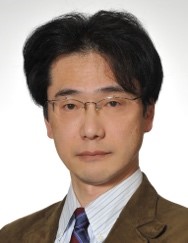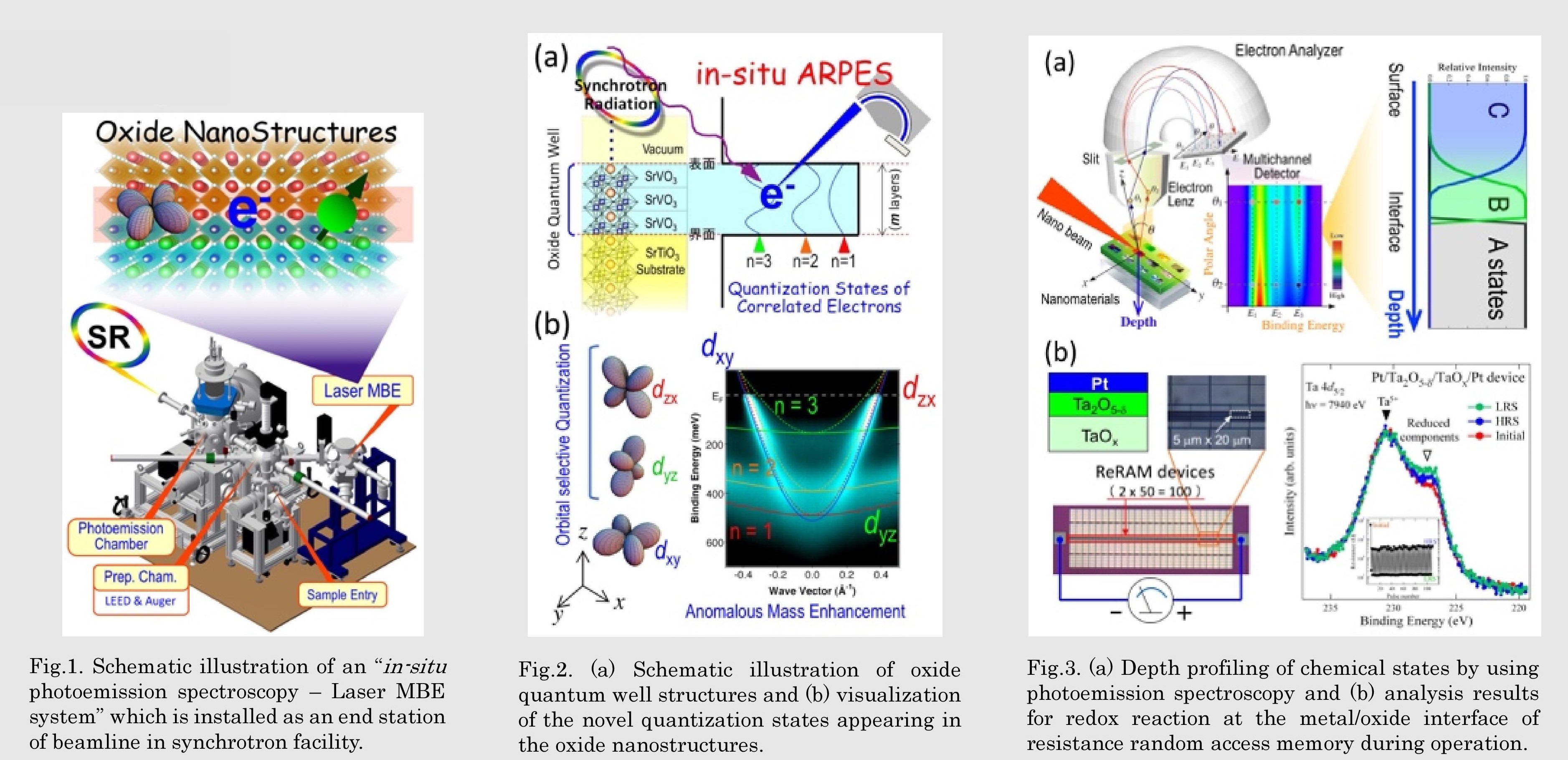IMRAM
Institute of Multidisciplinary Research for Advanced Materials, Tohoku University
東北大学
多元物質科学研究所

LAST UPDATE 2021/05/02
-
研究者氏名
Researcher Name組頭広志 Hiroshi KUMIGASHIRA
教授 Professor -
所属
Professional Affiliation東北大学多元物質科学研究所
無機材料研究部門 ナノ機能物性化学研究分野
Institute of Multidisciplinary Research for Advanced Materials, Tohoku University
Division of Inorganic Material Research, Nano Physical Chemistry -
研究キーワード
Research Keywords機能性ナノ物質
酸化物エレクトロニクス
表面・界面物性
放射光電子分光
Functional nanomaterials
Oxide electronics
Surface and interface physical properties
Photoemission spectroscopy based on synchrotron radiation
- 研究テーマ
Research Subject -
放射光計測に基づく酸化物ナノ構造の機能設計
Design of novel functionalities in oxide nanostructures based on synchrotron analysis
研究の背景 Background
酸化物の中には、高温超伝導や光触媒などの驚くべき機能物性を示すものがあり、これらをナノ構造化・ヘテロ構造化することで、さらなる多機能性や新奇物性の創成が期待されます。この機能物性を自在に制御するためには、ナノ領域にのみに現れる電子・スピン・軌道の状態を可視化し、その知見に基づいた物質設計が必要不可欠です。
Some oxides exhibit remarkable functional properties such as high-temperature superconductivity and photocatalysis. It is expected that the further multifunctionality and novel physical property are created by making them nanostructured and heterostructured. In order to control these functionalities, it is indispensable to design the nanomaterial based on the observation of electronic, magnetic, and orbital structures appearing in the nanometer scale region.
研究の目標 Outcome
分子線エピタキシーという酸化物ナノ構造を原子レベルで制御しながら「つくる」技術と、高輝度放射光を用いた先端分光計測という電子・スピン・軌道状態を「みる」技術とを高いレベルで融合するにより、新しい機能性ナノ物質の開発を行っています。とくに、遷移金属酸化物を基盤とした超構造を用いて、新しい機能物性を探索しています。
Our goal is to control and design the novel functionalities appearing in the nanostructure of transition metal oxides by the best possible combination of the sophisticated oxide growth techniques using molecular beam epitaxy and advanced analysis techniques using synchrotron radiation.
研究図Research Figure

文献 / Publications
<解説>酸化物量子井戸構造に誘起される新奇な2次元電子液体状態 組頭広志、表面科学38, 596-601 (2017)
Sci. Rep. 7, 16621 (2017). Phys. Rev. Lett. 108, 111603 (2016). Nat. Commun. 6, 6759 (2015). Phys. Rev. Lett. 115, 076801 (2015). Science 333, 319 (2011).
研究者HP
- kumigashira
 tohoku.ac.jp
tohoku.ac.jp - http://www2.tagen.tohoku.ac.jp/lab/kumigashira/